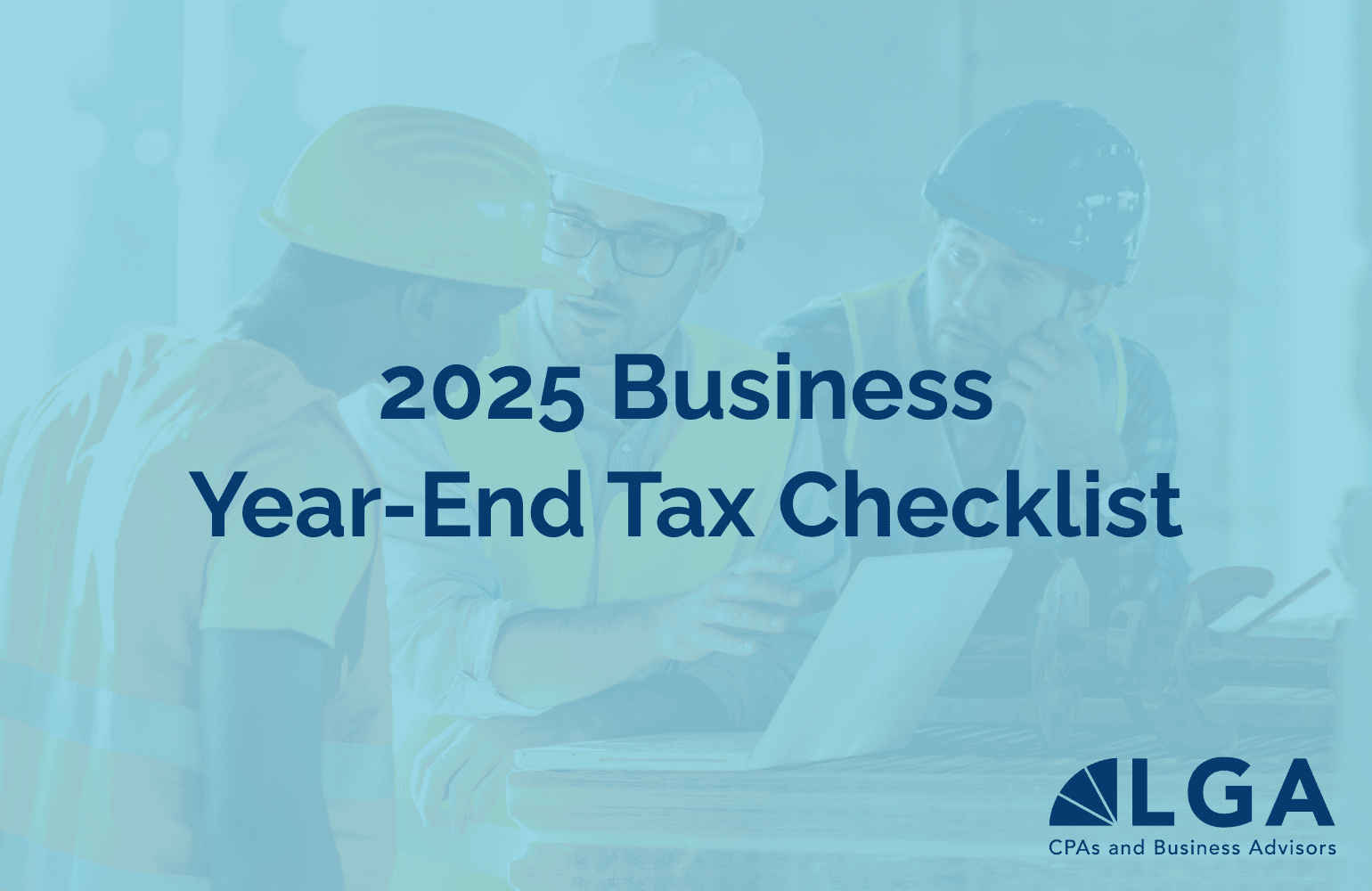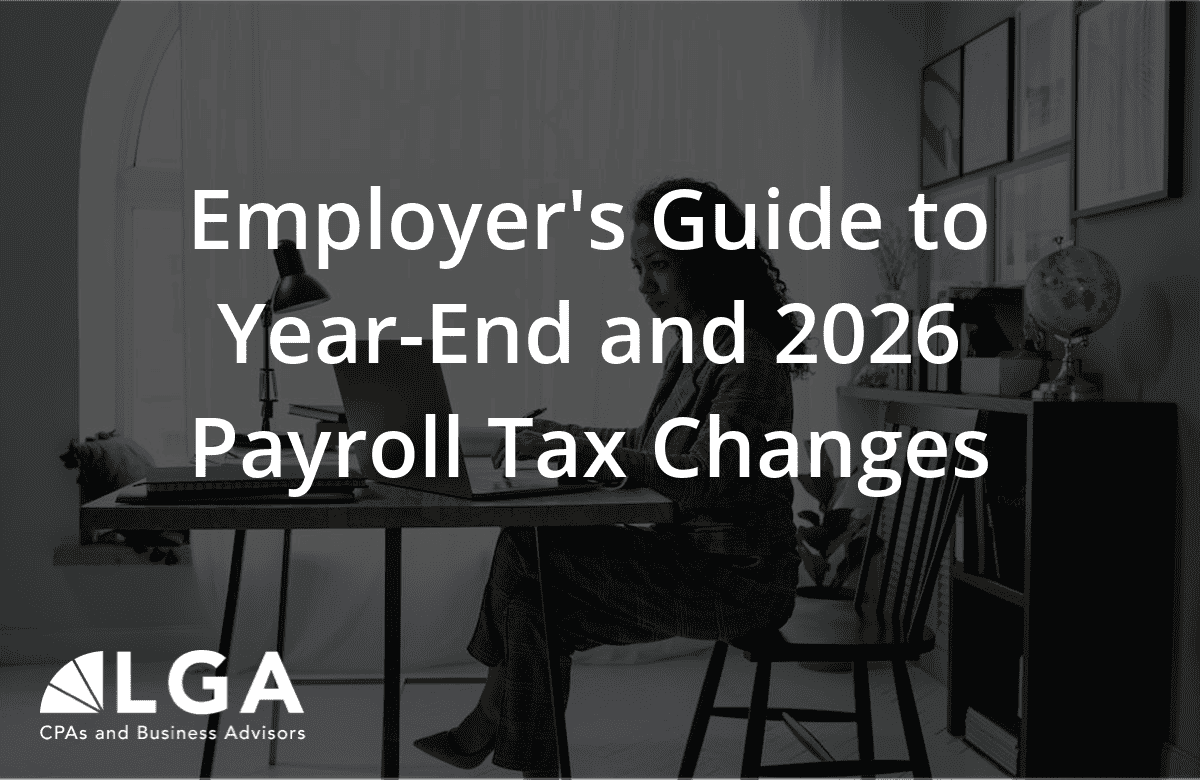Research and development (R&D) can be one of the most expensive parts of growing a business. The good news? Recent tax law changes under the One Big Beautiful Bill Act (OBBBA), combined with new IRS guidance (Revenue Procedure 2025-28), give companies more flexibility and, in some cases, a chance to reclaim money from prior years.
Here’s what these updates mean for you.

Immediate Expensing Is Back
For years, businesses could deduct R&D costs in the year they were incurred. Then the 2017 Tax Cuts and Jobs Act (TCJA) changed the rules, requiring companies to spread those deductions over five years (for U.S. R&D) or 15 years (for foreign R&D). That rule caused headaches for many companies, especially smaller ones that rely on cash flow.
Now, starting with tax years beginning after December 31, 2024, the OBBBA brings back the ability to:
- Deduct all domestic R&D expenses immediately, or
- Choose to amortize over 60 months or longer if that better fits your business strategy.
Why it matters: Immediate deductions can mean a lower tax bill and more cash on hand right away. However, amortizing may still be a wise choice if you want steadier write-offs over time.
What About Past R&D Costs?
If you had R&D expenses between 2022 and 2024 that were capitalized under the old TCJA rules, you’re not stuck. The new law gives you options:
- Deduct the entire unamortized balance in 2025, or
- Split it 50/50 over 2025 and 2026.
This flexibility could significantly reduce your taxable income in the next two years. Why it matters: If you’ve already been paying higher taxes because of the TCJA rules, these options may put cash back in your pocket sooner.
Special Breaks for Small Businesses
Here’s where it gets even more interesting. If your business has average annual gross receipts under $31 million, you may qualify for retroactive relief. That means you could:
- Apply the new rules to tax years 2022–2024,
- File amended or superseded returns, and
- Potentially get refunds for taxes you already paid.
The deadline to make this election is July 6, 2026 (or sooner if the statute of limitations on refunds runs out).
Why it matters: Amending past returns is paperwork, yes, but it could result in significant refunds. Just keep in mind that if you’re a partnership or S-Corp, this could also require your owners to amend their personal returns.
An eligible partnership, S corporation, C corporation, individual, trust, estate, or exempt organization that timely filed a tax return (without regard to the extension provided by this revenue procedure) may file a superseding tax return, as well as furnish Schedules K-1, as applicable, before the expiration of the extended due date.
IRS Guidance: Revenue Procedure 2025-28
The IRS recently issued detailed instructions on how to take advantage of these new rules. A few highlights:
- Superseding returns: If you filed your 2024 return early, you may be able to replace it instead of filing a full amendment.
- Deemed elections: For small businesses, if you file your 2025 return on time and deduct R&D expenses, you’ll automatically be treated as having elected OBBBA treatment, no extra paperwork required.
- Accounting method changes: Some situations require a Form 3115 filing to change your accounting method. The IRS provided “automatic consent” procedures to make this easier.
- Consistent elections: Once you choose to expense or amortize, you must stick with that decision across all applicable years.
Why it matters: The guidance clears up confusion, but the rules are technical. Working with our team helps ensure you don’t miss deadlines or make elections incorrectly.
Don’t Forget About State Taxes
Not every state automatically follows federal tax law. Some states already allow full expensing, while others still require amortization unless their legislatures act. Key considerations include:
- Conformity date: States often conform to the federal tax code as of a specific date. A state may not yet have adopted the federal changes made by the OBBBA in 2025. In this case, taxpayers would follow the new federal rules for their federal return but may still be required to capitalize and amortize R&E expenses on their state return under the pre-OBBBA rules.
- Retroactive adjustments: For small businesses that apply the R&E changes retroactively to tax years 2022 through 2024, state tax treatment can be complicated. Taxpayers may need to file amended state returns to claim refunds or adjust prior years’ tax liabilities, depending on their state’s rules.
- Alternative minimum tax (AMT): The interaction of the federal R&E changes with the federal AMT can also affect state taxes. Some states have their own AMT, and taxpayers may need to calculate their state taxes based on federal AMT rules, which can require a different treatment of R&E costs.
Why it matters: If you operate in multiple states, you may face different rules depending on where you do business. This could impact your filings and your estimated payments.
Key Takeaways
- Immediate expensing for U.S. R&D is back starting in 2025.
- Small businesses may apply rules retroactively and seek refunds for 2022–2024.
- Foreign R&D stays under 15-year amortization.
- IRS Rev. Proc. 2025-28 outlines how to make elections, file amended/superseded returns, and change accounting methods.
- Deadlines matter, meaning retroactive elections must be made by July 6, 2026.
- State conformity isn’t guaranteed. Check how your state treats R&D costs.
What Should You Do Next?
If your business invests in research, now’s the time to:
- Review your R&D expenses from 2022–2024.
- Run scenarios on whether expensing or amortizing works best for your cash flow.
- Talk with our tax team about amending or superseding returns.
- Keep an eye on IRS guidance and state tax changes.
Your Choices Matter
These new rules may be favorable R&D tax changes, but they also come with choices that can affect your tax bill, cash flow, and even your owners’ returns. Contact our team today to discuss your options. We’ll help you navigate the elections, model the outcomes, and make sure you maximize the benefits while staying compliant.





